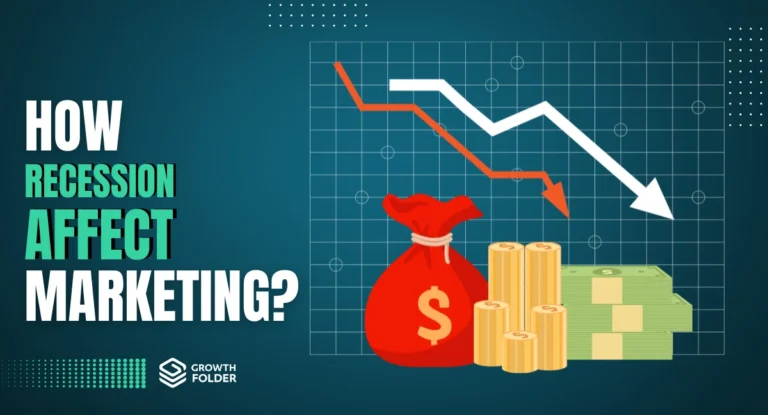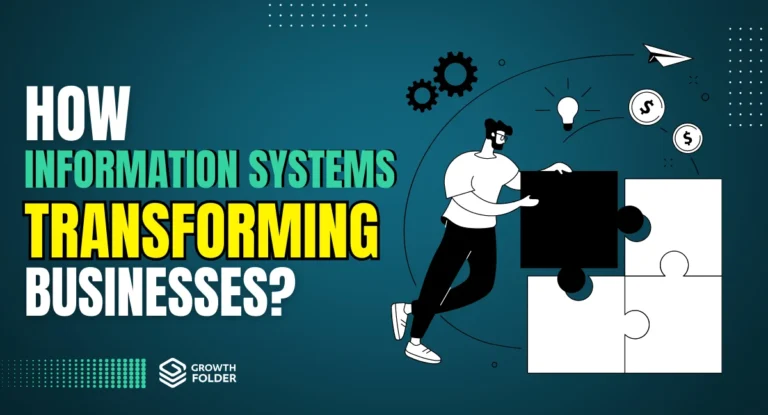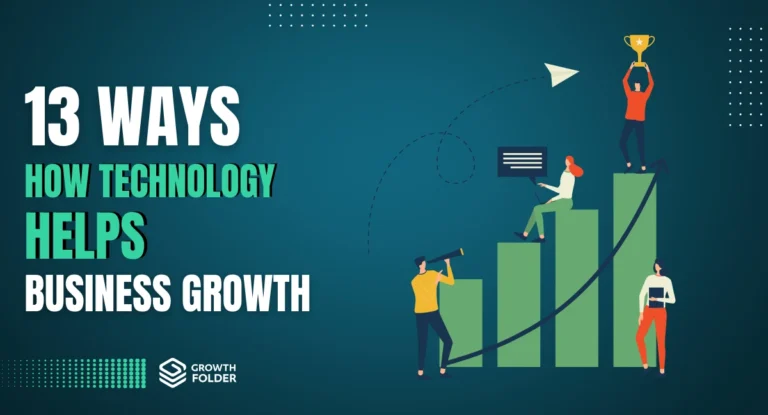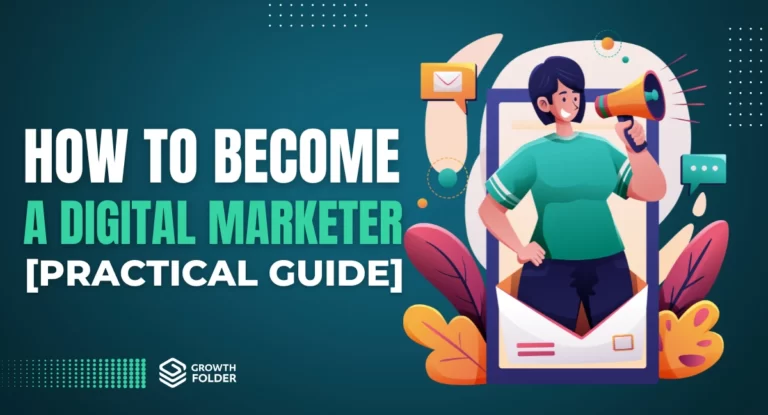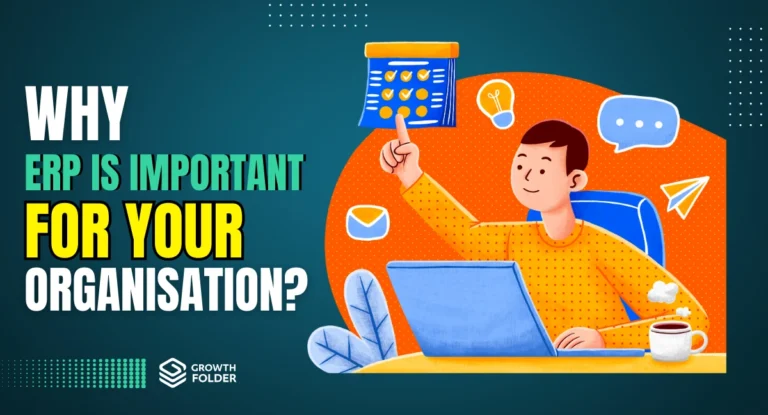
In today’s competitive business landscape, artificial intelligence (AI) has emerged as a game-changing technology, revolutionizing every aspect of business operations.
One such AI-powered tool that has garnered significant attention is Chat GPT, a cutting-edge language model that can generate human-like text.
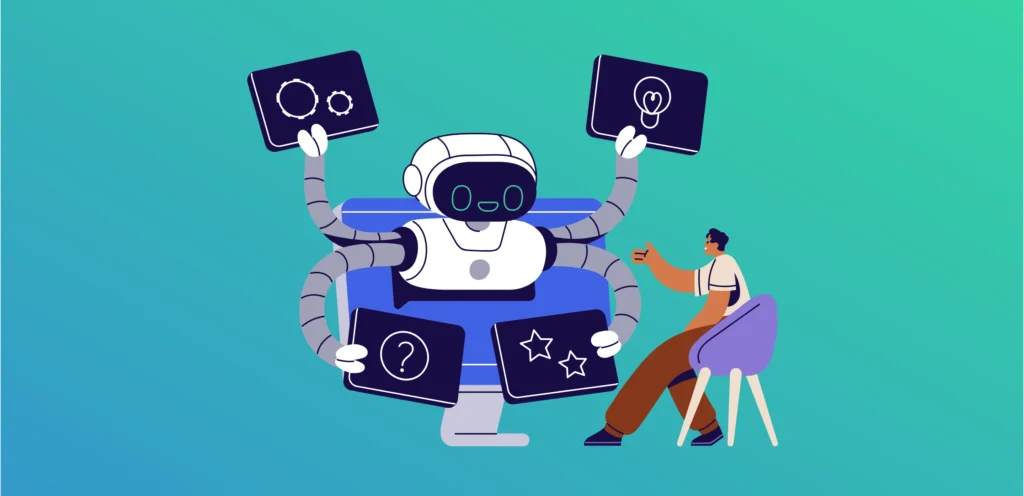
ChatGPT is an advanced language model developed by OpenAI, based on the powerful GPT-4 architecture.
In this article, we will explore how can companies use Chat GPT to unlock new avenues for growth and stay ahead of the curve.
I. Understanding Chat GPT
Before learning about the use case of Chat GPT, let’s quickly go through what Chat GPT actually is.
Chat GPT is based on the GPT (Generative Pre-trained Transformer) architecture, which has evolved over time to become more powerful and efficient.
The key features and functionalities of Chat GPT include natural language understanding, conversation capabilities, and the ability to generate coherent and contextually accurate text.
Benefits of using AI-powered chatbots like Chat GPT

Here are some key benefits of using AI-powered chatbots like Chat GPT:
- Improved customer service: Chatbots can handle multiple customer inquiries simultaneously, reducing response times and enhancing customer satisfaction.
- Cost savings: Implementing chatbots can reduce the need for human customer support agents, leading to significant cost savings.
- 24/7 availability: Chatbots can provide round-the-clock support, ensuring customers have access to assistance whenever they need it.
- Personalized interactions: AI-powered chatbots can analyze customer data to provide tailored solutions and recommendations, improving the overall user experience.
- Multilingual support: Advanced chatbots like Chat GPT have the ability to communicate in multiple languages, enabling companies to provide global customer support.
- Efficient lead generation: Chatbots can identify and nurture potential leads through personalized messaging and targeted content.
- Data analysis: AI-powered chatbots can analyze customer behavior and sentiment to help companies refine their marketing strategies and better target their audience.
- Automation of routine tasks: Chatbots can automate repetitive tasks, such as scheduling meetings or sending reminders, improving efficiency.
- Streamlined internal communication: Chatbots can facilitate information retrieval and cross-departmental collaboration, enhancing productivity within a company.
- Scalability: Chatbots can easily handle fluctuations in customer inquiry volume, allowing businesses to scale their customer support efforts as needed.
Limitations and potential ethical concerns
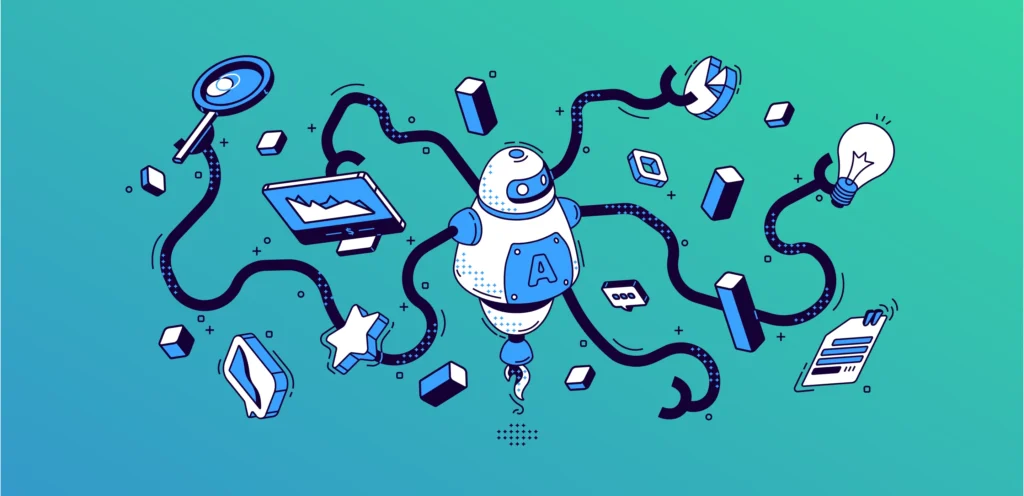
While Chat GPT offers several benefits, it is essential to be aware of its limitations and potential ethical concerns, such as data privacy and the risk of generating misleading or biased content.
Here are some of the limitations and potential ethical concerns associated with AI-powered chatbots like Chat GPT:
- Limited understanding: While AI chatbots have advanced natural language understanding capabilities, they can still struggle to comprehend complex or ambiguous queries, leading to inaccurate responses.
- Lack of empathy: Chatbots may not be able to fully understand or respond to users’ emotions, which can limit their effectiveness in certain customer service situations.
- Data privacy: The use of AI chatbots often involves collecting and analyzing customer data, raising concerns about data privacy and the potential for misuse of personal information.
- Bias: AI chatbots can inadvertently reflect or amplify existing biases present in the data they were trained on, leading to biased responses or recommendations.
- Misleading information: Chatbots might occasionally generate incorrect or misleading information, which can have negative consequences, particularly in sensitive industries such as healthcare or finance.
- Over-reliance on automation: Companies that become too reliant on AI chatbots may risk losing the human touch in their customer service, which can be detrimental to customer relationships.
- Lack of accountability: As chatbots are AI-driven, determining responsibility for errors or issues that arise can be challenging, leading to ethical concerns around accountability.
- Job displacement: The widespread adoption of AI chatbots could potentially displace human customer service agents, raising concerns about job loss and the implications for the workforce.
- Ethical use of generated content: AI chatbots can generate text that may be inappropriate, offensive, or harmful, making it crucial for companies to ensure ethical use and establish guidelines for generated content.
- Regulatory compliance: The use of AI chatbots may be subject to regulatory scrutiny, particularly in industries with strict data privacy and security requirements, making compliance a critical concern for businesses.
Comparing Chat GPT with other chatbot technologies
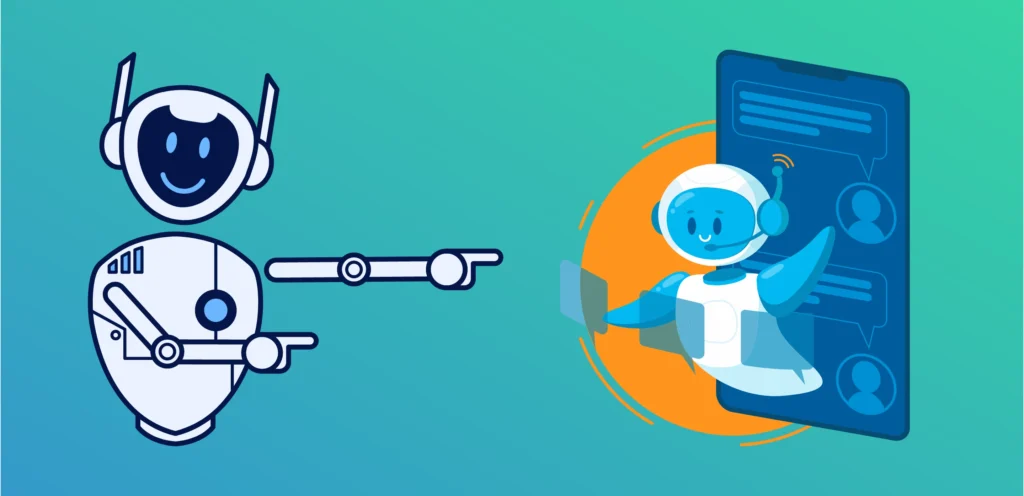
When compared to traditional chatbot technologies, Chat GPT stands out from other chatbot technologies due to its advanced capabilities and features, which can be attributed to its underlying GPT (Generative Pre-trained Transformer) architecture.
Here are some key differences between Chat GPT and traditional chatbot technologies:
- Natural Language Understanding: Chat GPT exhibits a superior ability to understand and process human language, making it more adept at handling complex conversations and providing contextually accurate responses.
- Generative Capability: Unlike rule-based chatbots that rely on predefined templates and responses, Chat GPT can generate coherent, human-like text, allowing for more natural and engaging interactions.
- Context-Awareness: Chat GPT is better at maintaining context throughout a conversation, resulting in more relevant and accurate responses to user queries.
- Adaptability: Chat GPT can adapt to a wide range of domains and industries, whereas traditional chatbots might require extensive customization and training for specific use cases.
- Multilingual Support: Advanced chatbots like Chat GPT can support multiple languages, enabling companies to provide global customer support, while traditional chatbots might be limited to one or a few languages.
- Scalability: Due to its advanced architecture, Chat GPT can handle large volumes of queries with ease, making it more scalable compared to traditional chatbots.
- Continuous Learning: Chat GPT can be fine-tuned and updated with new data, allowing it to continuously improve its performance and adapt to changing user needs, whereas traditional chatbots may require manual updates and maintenance.
- Integration: Chat GPT can be more easily integrated with other AI-powered tools and systems, enhancing its potential applications and value for businesses.
Overall, the primary difference between Chat GPT and other chatbot technologies lies in its advanced natural language understanding and generation capabilities, which enable it to provide more accurate, contextually relevant, and engaging interactions with users.
II. Improving Customer Service with Chat GPT
One of the most significant benefits of Chat GPT is its potential to revolutionize customer service.
Here are some ways companies can leverage this technology to improve their customer support:
Enhancing customer support & response times

Chat GPT can greatly enhance customer support and response times through its advanced natural language understanding, generation capabilities, and automation.
It can handle a vast number of inquiries simultaneously, allowing companies to provide prompt and efficient support.
For example, an e-commerce company could use Chat GPT to answer customers’ frequently asked questions about shipping times, order status, and returns.
Here are some ways in which Chat GPT contributes to improved customer support and faster response times:
- Handling multiple queries: Chat GPT can simultaneously manage multiple customer inquiries, ensuring that all customers receive prompt assistance without having to wait in a queue.
- Quick access to information: Chat GPT can rapidly retrieve relevant information from its knowledge base or from the company’s internal resources, enabling it to provide accurate and helpful responses in real-time.
- Automation: By automating responses to frequently asked questions and routine support tasks, Chat GPT can significantly reduce the workload of human agents, allowing them to focus on more complex or high-priority issues.
- 24/7 availability: Chat GPT can provide round-the-clock customer support, ensuring that customers receive assistance whenever they need it, regardless of the time or day.
- Personalized support: Chat GPT can analyze customer data and preferences to deliver personalized responses and recommendations, which can lead to faster issue resolution and higher customer satisfaction.
Personalizing interactions & offering tailored solutions
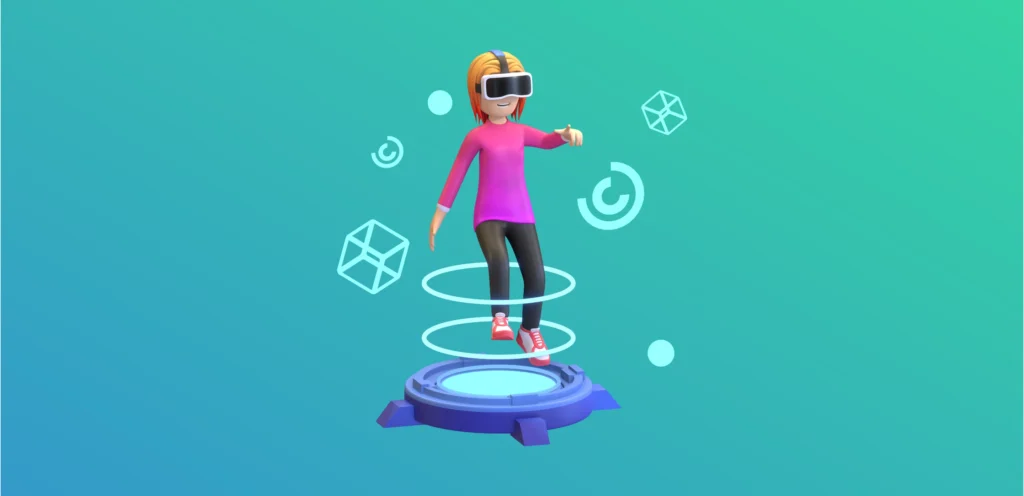
By analyzing customer data, Chat GPT can provide personalized solutions and recommendations.
For instance, a financial institution could use Chat GPT to offer tailored investment advice based on an individual’s risk tolerance and financial goals.
Here are some ways in which Chat GPT contributes to personalized interactions and offers tailored solutions:
- Understanding user preferences: Chat GPT analyzes user behavior, browsing history, and past interactions to better understand individual preferences and interests.
- Context-aware responses: Chat GPT maintains context throughout a conversation, allowing it to provide relevant and personalized responses based on the user’s input and situation.
- Adaptive recommendations: By processing user data and preferences, Chat GPT can offer tailored product or service recommendations that align with the customer’s needs and interests.
- Dynamic content generation: Chat GPT can generate personalized content, such as promotional messages, emails, or articles, based on the user’s preferences and behavior patterns.
- Real-time personalization: Chat GPT can adapt its responses and recommendations in real-time, ensuring that the user receives up-to-date and personalized assistance during the interaction.
Handling high volumes of inquiries with ease
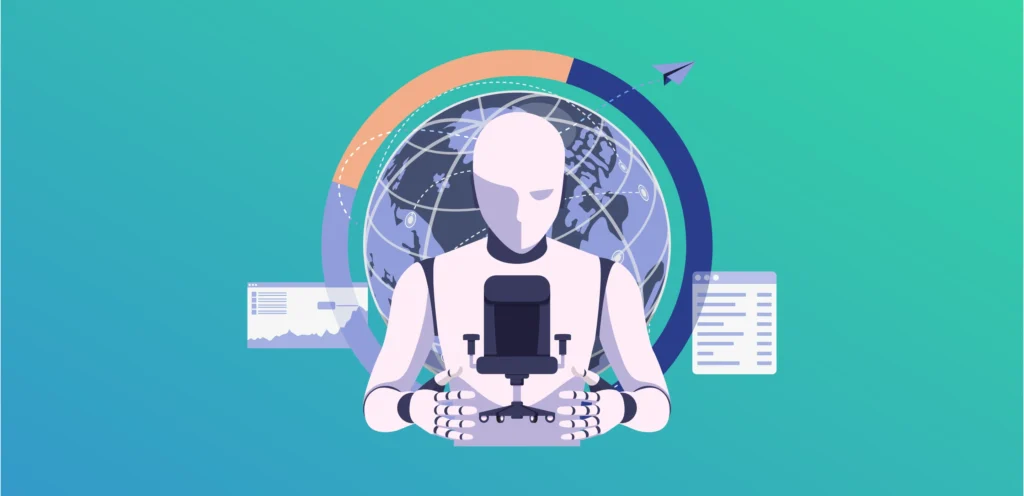
During peak seasons, companies often struggle to manage a sudden influx of customer inquiries.
Chat GPT can help businesses scale their customer support efforts without compromising service quality.
Here are some ways in which Chat GPT contributes to handling high volumes of inquiries with ease:
- Parallel processing: Chat GPT can manage multiple customer inquiries simultaneously, distributing its processing power to handle high volumes of queries efficiently.
- Automation: By automating responses to frequently asked questions and routine tasks, Chat GPT can quickly address a large number of inquiries without human intervention.
- Scalable architecture: The underlying architecture of Chat GPT allows it to scale its processing capabilities as needed, ensuring seamless performance even during peak inquiry volumes.
- Intelligent routing: Chat GPT can automatically route inquiries to the appropriate department or agent based on the query’s content, streamlining the support process and handling large volumes more effectively.
- Continuous learning: As Chat GPT processes more inquiries and receives feedback, it continually refines its responses, improving its ability to handle high volumes of inquiries efficiently and accurately over time.
Reducing costs and increasing efficiency
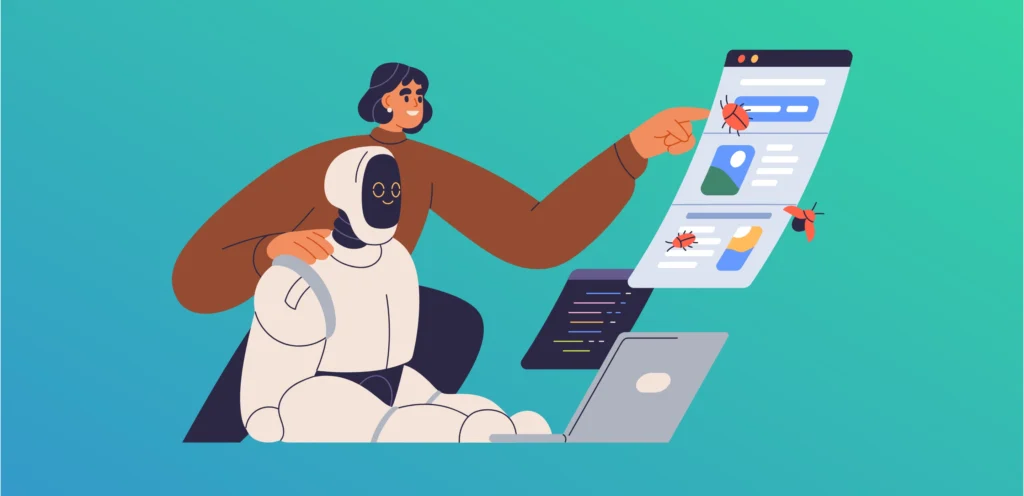
Implementing Chat GPT can lead to significant cost savings, as it reduces the need for human customer support agents.
This allows companies to allocate resources to other crucial aspects of their business.
Here are some ways in which Chat GPT contributes to reducing costs and increasing efficiency:
- Automation of routine tasks: Chat GPT automates responses to frequently asked questions and common support tasks, reducing the workload of human agents and saving on labor costs.
- Resource optimization: By handling multiple customer inquiries simultaneously, Chat GPT allows companies to manage high volumes of support requests with fewer human agents, optimizing resource allocation.
- Improved response times: Chat GPT’s fast information retrieval and real-time responses lead to quicker issue resolution, reducing the overall time spent on customer support.
- Reduced training costs: Chat GPT’s adaptability and continuous learning capabilities minimize the need for extensive customization and training, lowering the costs associated with deploying and maintaining a chatbot solution.
- Enhanced customer experience: By providing personalized support and accurate responses, Chat GPT contributes to increased customer satisfaction, which can lead to higher customer retention and reduced costs associated with acquiring new customers.
Multilingual capabilities for global customer support
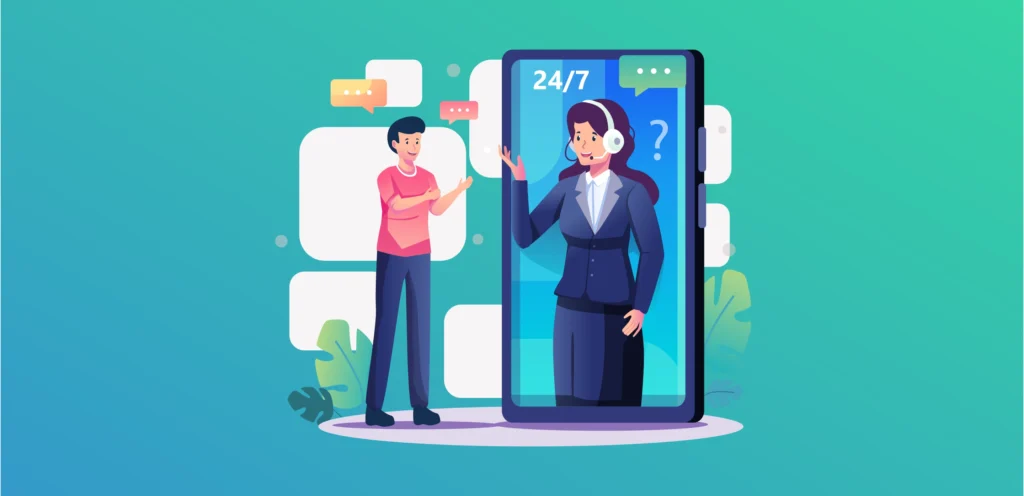
With its advanced language understanding capabilities, Chat GPT can communicate with customers in multiple languages, enabling companies to provide global customer support.
Here are some ways in which Chat GPT contributes to multilingual capabilities for global customer support:
- Language understanding: Chat GPT can understand and process text in multiple languages, enabling it to handle inquiries from customers around the world.
- Real-time translation: Chat GPT can translate customer queries and its own responses in real-time, ensuring seamless communication between users and the chatbot, regardless of their native language.
- Localized content: Chat GPT can generate content, recommendations, and responses that are tailored to the user’s language and cultural preferences, enhancing the overall customer experience.
- Consistent support quality: Chat GPT’s advanced language understanding and generation capabilities ensure that customers receive the same high-quality support, regardless of the language they speak.
- Global expansion: By offering multi-lingual support, Chat GPT enables businesses to expand their customer base and tap into new markets, providing an inclusive and accessible customer support experience across different regions and cultures.

III. Boosting Sales and Marketing Efforts
Integrating Chat GPT into sales and marketing strategies offers a cutting-edge solution that not only enhances customer engagement but also drives conversions and revenue growth.
By leveraging Chat GPT’s advanced natural language understanding, generative capabilities, and data analysis, businesses can create personalized marketing campaigns, optimize lead generation, and tailor their offerings to meet the unique needs of their customers, ultimately elevating their sales and marketing performance to new heights.
Here are some ways by which companies can 10x their sales and marketing efforts:
Implementing AI-generated content for marketing campaigns
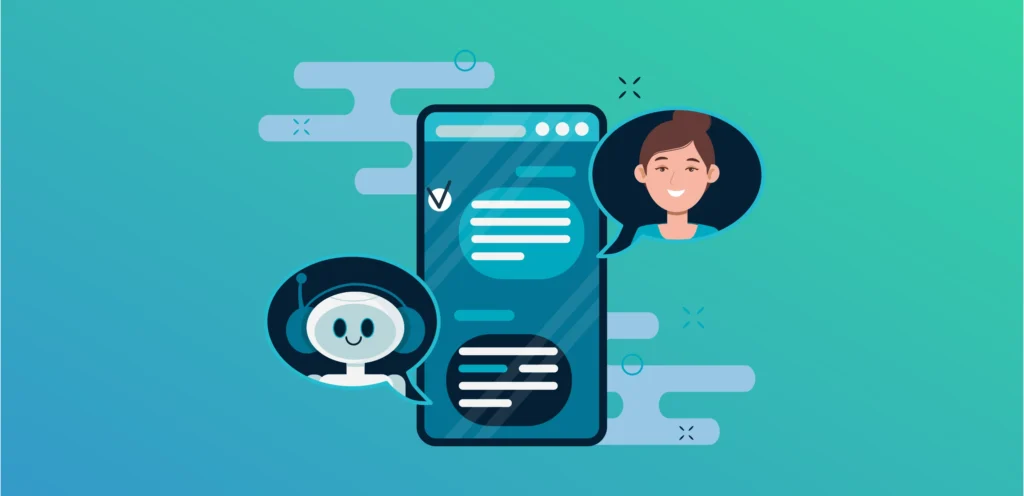
Companies can use Chat GPT to create engaging, high-quality content for their marketing campaigns, such as blog posts, social media updates, and email newsletters.
Here are some ways by which Chat GPT can help with implementing AI-Generated content for marketing campaigns:
- Personalized content creation: Chat GPT can analyze customer data and preferences to generate tailored marketing content, such as emails, social media posts, or blog articles, ensuring that the messaging resonates with the target audience and drives engagement.
- Consistent brand voice: By fine-tuning Chat GPT with brand-specific guidelines and style, businesses can ensure that AI-generated content maintains a consistent brand voice across all marketing materials, reinforcing brand identity and recognition.
- Efficient content production: Chat GPT’s ability to quickly generate high-quality, contextually relevant content enables businesses to scale their content production efforts, saving time and resources while maintaining a robust and engaging marketing campaign.
Personalized product recommendations and upselling
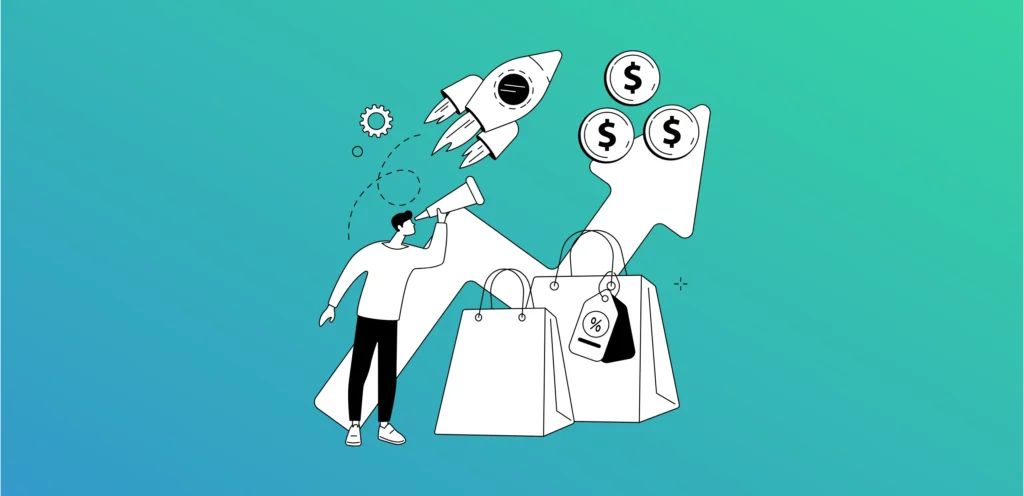
By analyzing customer data, Chat GPT can generate personalized product recommendations, helping companies increase sales and customer satisfaction.
For example, an online fashion retailer could use Chat GPT to suggest clothing items that match a customer’s style preferences and purchase history.
Here are some ways by which Chat GPT can help with personalized product recommendations and upselling:
- Understanding customer preferences: Chat GPT can analyze user behavior, purchase history, and interaction data to gain insights into individual customer preferences, enabling it to offer tailored product recommendations that align with their interests and needs.
- Contextual upselling: By identifying opportunities during customer interactions, Chat GPT can suggest relevant add-ons, upgrades, or complementary products that enhance the user’s experience or provide additional value, increasing the potential for upselling.
- Dynamic personalization: Chat GPT can adapt its recommendations in real-time based on user input or feedback, ensuring that the suggested products remain relevant and appealing to the customer, leading to higher conversion rates and increased customer satisfaction.
Analyzing customer behavior and sentiments
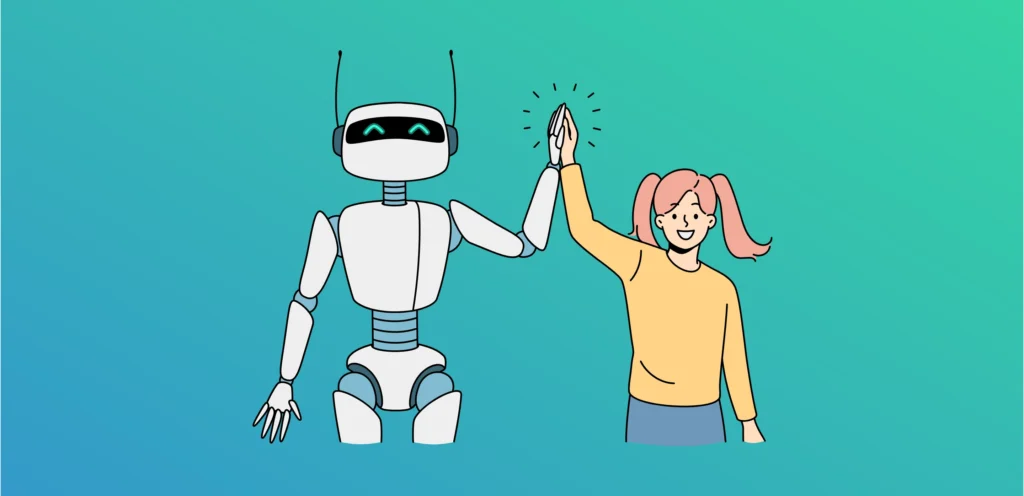
Chat GPT can analyze customer data to identify trends and preferences, allowing companies to refine their marketing strategies and better target their audience.
Here are some ways by which Chat GPT can help with analyzing customer behavior and sentiments:
- Natural language processing: Chat GPT’s advanced natural language understanding capabilities enable it to analyze customer interactions and conversations, extracting valuable insights into their preferences, concerns, and feedback.
- Sentiment analysis: By evaluating the tone, emotions, and sentiments expressed in customer communications, Chat GPT can gauge customer satisfaction and identify potential issues or areas for improvement in products or services.
- Pattern recognition: Chat GPT can process large volumes of customer data to identify trends, correlations, and behavioral patterns, allowing businesses to better understand their customers’ needs and tailor their offerings and communication strategies accordingly.
Optimizing email campaigns and social media engagement

Companies can use Chat GPT to generate compelling email subject lines and social media captions, increasing open rates and engagement.
Here are some ways by which Chat GPT can help with optimizing email campaigns and social media engagement:
- Targeted content generation: Chat GPT can create personalized email content and social media posts based on user preferences and behavior patterns, ensuring that messages resonate with the target audience and drive engagement.
- A/B testing: Chat GPT can generate multiple variations of email subject lines, body text, or social media captions, enabling businesses to conduct A/B testing and optimize their campaigns based on performance metrics and audience response.
- Real-time interaction: Chat GPT can monitor and respond to customer inquiries and comments on social media platforms, fostering a strong brand presence and building trust by engaging with the audience in a timely and personalized manner.
AI-driven lead generation and nurturing

Chat GPT can identify potential leads by analyzing user behavior and engagement data. It can also nurture these leads through personalized messages and targeted content, guiding them through the sales funnel more effectively.
For instance, a software-as-a-service (SaaS) company could use Chat GPT to provide helpful tips and resources to potential clients, gradually building trust and increasing the likelihood of conversion.
Here are some ways by which Chat GPT can help with AI-driven lead generation and nurturing:
- Identifying potential leads: Chat GPT can analyze user behavior, interests, and demographics on websites or social media platforms to identify potential leads that align with a company’s target audience, increasing the efficiency and effectiveness of lead generation efforts.
- Personalized engagement: Chat GPT can engage with prospects through personalized emails, chatbot interactions, or social media messages, providing relevant information and addressing their concerns, thereby nurturing leads and guiding them through the sales funnel.
- Automated follow-up: Chat GPT can automate follow-up communications based on user interactions and responses, ensuring that leads receive timely and contextually appropriate information to keep them engaged and drive conversions.
IV. Streamlining Internal Communication and Collaboration
By integrating Chat GPT into the workplace, companies can revolutionize the way teams communicate, share information, and collaborate on projects.
With its advanced natural language understanding and generative capabilities, Chat GPT can facilitate seamless knowledge sharing, foster cross-functional collaboration, and automate routine tasks, leading to increased efficiency, reduced bottlenecks, and a more cohesive, productive work environment.
Embracing Chat GPT as a tool for internal communication and collaboration empowers employees to focus on high-priority tasks and fosters innovation, ultimately driving business growth and success.
Assisting employees with information retrieval
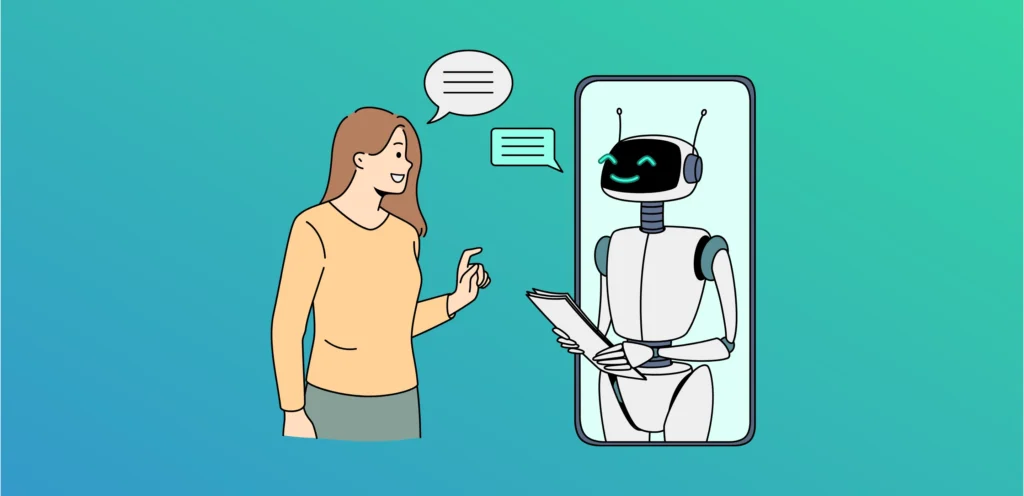
Employees can interact with Chat GPT to quickly retrieve company-related information, such as policies, procedures, or product specifications, saving time and increasing efficiency.
Here are some ways by which Chat GPT can help with assisting employees with information retrieval:
- Intelligent search: Chat GPT can understand complex queries and rapidly search through company databases, knowledge bases, or internal documentation to retrieve relevant and accurate information, saving employees time and effort.
- Context-aware assistance: Chat GPT can provide contextual information based on the user’s role, ongoing projects, or recent conversations, ensuring that employees receive the most pertinent and useful information for their specific needs.
- Natural language interaction: Employees can interact with Chat GPT using natural language, making it easy and efficient to find the required information without the need to navigate complex systems or memorize specific search commands.
Automating routine tasks and processes

Chat GPT can be integrated with other software tools to automate repetitive tasks, such as scheduling meetings, generating reports, or sending reminders.
Here are some ways by which Chat GPT can help with automating routine tasks and processes:
- Process automation: Chat GPT can be integrated with various business applications, tools, and systems to automate repetitive tasks, such as data entry, report generation, or appointment scheduling, increasing overall efficiency and productivity.
- Smart reminders: Chat GPT can monitor employee workflows and send timely reminders or notifications for upcoming deadlines, meetings, or task dependencies, ensuring that teams stay on track and deadlines are met.
- Template generation: Chat GPT can generate pre-formatted templates or drafts for common documents, emails, or messages, streamlining the creation process and reducing the time spent on routine administrative tasks.
Facilitating cross-departmental collaboration
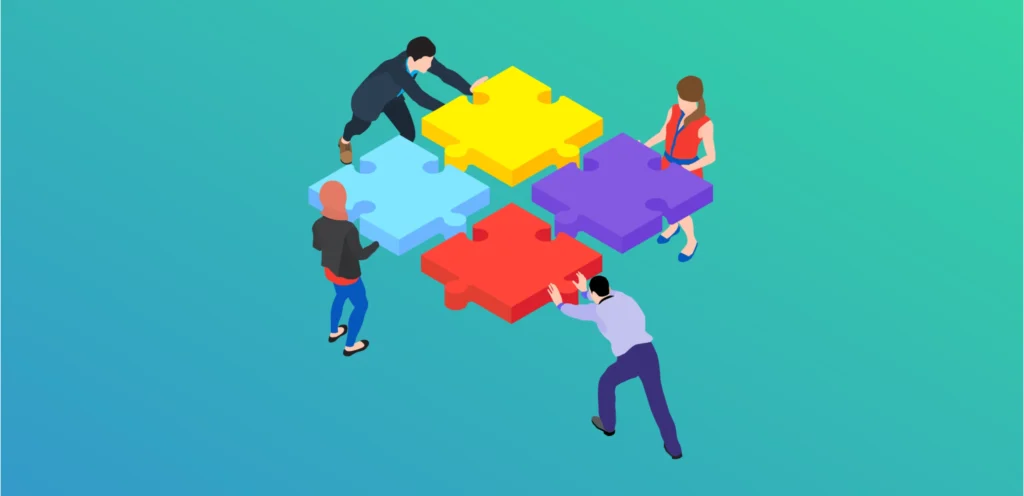
By streamlining communication and providing a centralized platform for information sharing, Chat GPT can facilitate collaboration between different departments within a company, leading to better decision-making and problem-solving.
Here are some ways by which Chat GPT can help with facilitating cross-departmental collaboration:
- Centralized communication: Chat GPT can serve as a central hub for cross-departmental communication, providing a platform where employees from different departments can share information, ask questions, and collaborate on projects more effectively.
- Knowledge sharing: By retrieving information from various department-specific resources and databases, Chat GPT can bridge gaps in knowledge and ensure that relevant information is shared among team members, fostering better decision-making and collaboration.
- Task coordination: Chat GPT can help coordinate tasks and responsibilities among cross-functional teams, assigning tasks based on individual skill sets and availability, and tracking progress to ensure a seamless and efficient collaborative process.
Improving employee onboarding and training
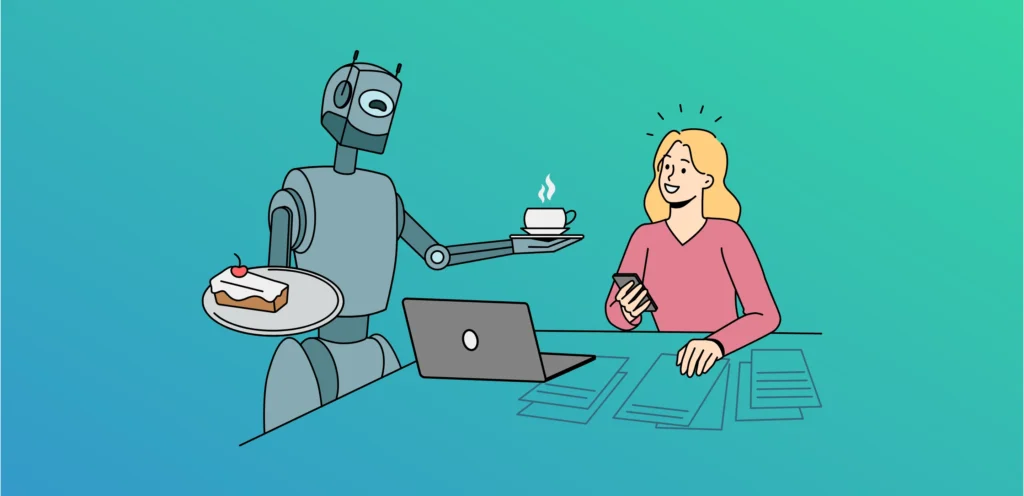
Chat GPT can be used to create interactive training modules, making the onboarding process more engaging and efficient for new employees.
Here are some ways by which Chat GPT can help with improving employee onboarding and training:
- Interactive learning: Chat GPT can provide personalized, interactive learning experiences for new employees, guiding them through training materials, answering questions, and offering real-time feedback, making the onboarding process more engaging and effective.
- Centralized knowledge base: Chat GPT can serve as a centralized resource for company policies, procedures, and best practices, enabling new employees to easily access and familiarize themselves with essential information during the onboarding process.
- Ongoing support: As employees continue to learn and grow within the organization, Chat GPT can provide ongoing support and training, offering real-time assistance and resources to help employees develop their skills and excel in their roles.
Enhancing decision-making with AI-generated insights
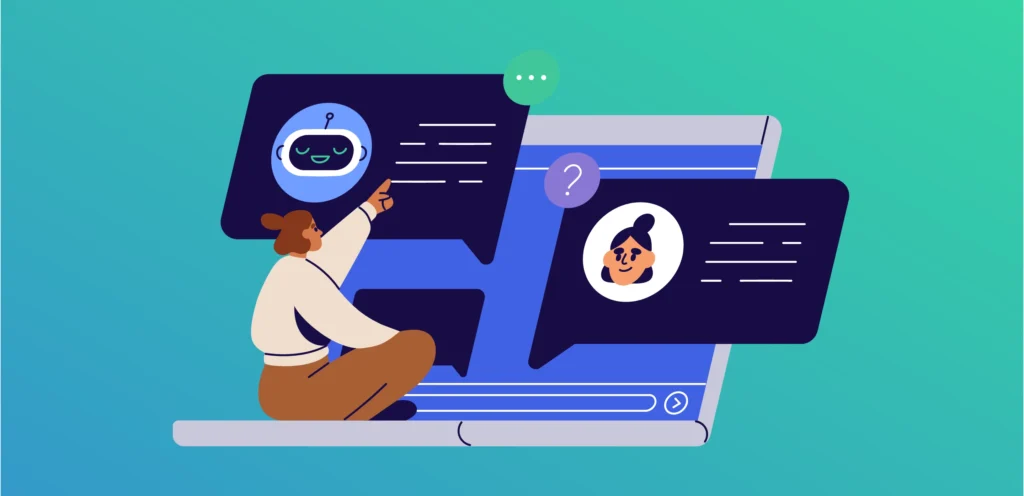
Here are some ways by which Chat GPT can help with enhancing decision-making with AI-Generated insights:
- Data analysis: Chat GPT can process vast amounts of data from various sources, identifying trends, correlations, and patterns, and generating actionable insights that inform strategic decision-making within the organization.
- Predictive analytics: By leveraging Chat GPT’s advanced natural language processing and data analysis capabilities, companies can forecast potential outcomes and trends, enabling them to make proactive, data-driven decisions that optimize business performance.
- Contextual recommendations: Chat GPT can offer context-specific recommendations and insights based on the user’s role, current projects, or industry-specific considerations, ensuring that decision-makers receive relevant and valuable information to support their choices.

V. Enhancing Product & Service Development
The ability to innovate and develop exceptional products and services is a critical factor in determining a company’s long-term success.
By incorporating Chat GPT into the product and service development process, businesses can unlock new avenues of creativity, streamline workflows, and make data-driven decisions that accelerate innovation.
Chat GPT’s advanced natural language processing, data analysis capabilities, and contextual understanding can help companies identify customer needs, predict emerging trends, and generate unique ideas for product and service improvements.
Leveraging customer insights for product improvement

By analyzing customer feedback and behavior, Chat GPT can help companies identify areas for improvement and prioritize product enhancements.
Here are some ways by which Chat GPT can help with Leveraging Customer Insights For Product Improvement:
- Sentiment analysis: Chat GPT can analyze customer feedback, reviews, and interactions to identify trends in customer sentiment, enabling businesses to pinpoint areas where their products or services may need improvement or refinement.
- Uncovering unmet needs: By processing large volumes of customer data, Chat GPT can identify recurring themes, pain points, or unmet needs that may not be apparent through traditional market research, providing valuable insights for product enhancement or new feature development.
- Prioritizing improvements: Chat GPT can help companies prioritize product improvements by weighing the importance of different customer insights and feedback, ensuring that resources are allocated to address the most impactful areas of product development.
Identifying market trends and opportunities

Chat GPT can analyze market data to identify emerging trends and opportunities, enabling companies to stay ahead of the competition.
Here are some ways by which Chat GPT can help with Identifying Market Trends And Opportunities:
- Data-driven analysis: Chat GPT can process and analyze vast amounts of market data, industry news, and competitor information, identifying emerging trends, shifts in consumer behavior, and potential growth opportunities for businesses to capitalize on.
- Predictive modeling: By leveraging its advanced language processing and data analysis capabilities, Chat GPT can create predictive models that forecast market trends and consumer preferences, enabling businesses to proactively adapt their strategies and seize new opportunities.
- Customized recommendations: Chat GPT can generate tailored recommendations for businesses based on their unique market position, product offerings, and competitive landscape, ensuring that they stay ahead of the curve and make data-driven decisions that drive growth and success.
Collaborating on creative projects with AI assistance

Designers and developers can use Chat GPT to generate ideas, create drafts, or proofread content, enhancing the creative process.
Here are some ways by which Chat GPT can help with Collaborating On Creative Projects With AI Assistance:
- Idea generation: Chat GPT can serve as a creative partner, generating unique ideas, concepts, or suggestions for various creative projects, such as marketing campaigns, product designs, or content creation, providing a fresh perspective and stimulating innovation.
- Iterative feedback: Chat GPT can offer real-time feedback on creative work, helping team members refine their ideas, identify potential issues, and iterate on their concepts more efficiently, ultimately leading to more polished and impactful results.
- Resource optimization: By automating certain aspects of the creative process, such as drafting initial concepts, generating headlines, or creating design mockups, Chat GPT can free up valuable time and resources, allowing teams to focus on higher-level strategic and creative tasks.
Optimizing product pricing and forecasting demand
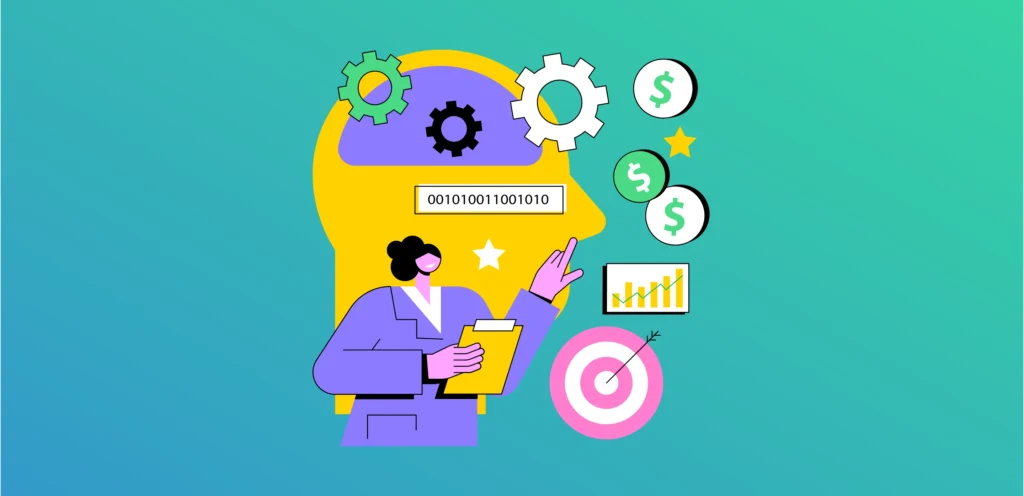
Chat GPT can analyze historical sales data and market trends to help companies optimize pricing strategies and forecast demand more accurately.
Here are some ways by which Chat GPT can help with Optimizing Product Pricing And Forecasting Demand:
- Dynamic pricing analysis: Chat GPT can analyze historical sales data, competitor pricing, and customer preferences to generate optimal pricing strategies that maximize revenue, profit margins, and market share while maintaining customer satisfaction.
- Demand forecasting: By leveraging its advanced data analysis capabilities, Chat GPT can identify trends, seasonality, and other factors that influence demand, enabling businesses to anticipate fluctuations and plan accordingly, ensuring adequate inventory levels and resource allocation.
- Adaptive modeling: Chat GPT can continuously update pricing and demand forecasting models based on real-time data and market changes, ensuring that businesses can make informed, data-driven decisions that optimize their product pricing and supply chain management strategies.
Accelerating innovation through rapid prototyping
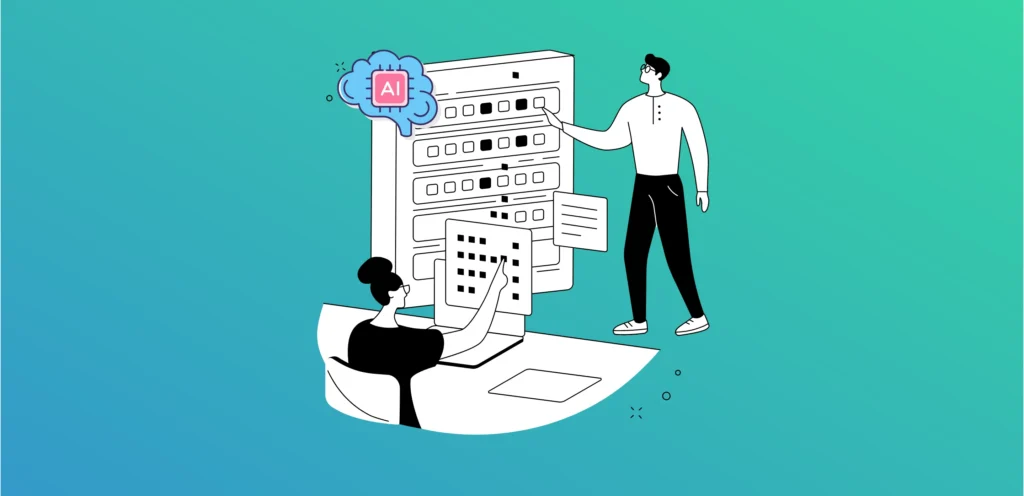
By generating prototypes quickly and efficiently, Chat GPT can help companies test ideas and bring innovative products and services to market faster.
Here are some ways by which Chat GPT can help with Accelerating Innovation Through Rapid Prototyping:
- Idea translation: Chat GPT can quickly transform abstract concepts or ideas into tangible prototypes, drafts, or mockups, enabling businesses to visualize and refine their innovations more rapidly, thus speeding up the overall product development process.
- Iterative improvements: By providing real-time feedback on prototypes and suggesting potential enhancements or refinements, Chat GPT can help teams iterate on their designs more efficiently, reducing the time and resources required to achieve the desired end result.
- Simulating user experiences: Chat GPT can simulate user interactions with prototypes, helping businesses identify potential usability issues, unmet needs, or areas for improvement, ensuring that the final product is both innovative and user-friendly.
Preparing for the Future of Chat GPT
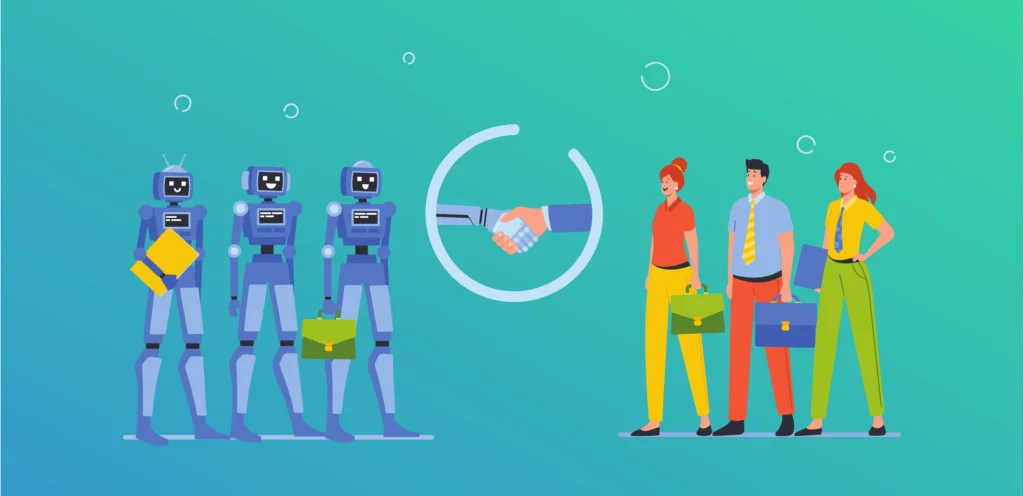
As we continue to witness rapid advancements in AI technologies like Chat GPT, businesses must prepare for the transformative impact these tools will have on the way they operate, compete, and grow.
Embracing Chat GPT today not only provides immediate benefits but also positions organizations to leverage future developments and capabilities that will further revolutionize customer engagement, internal processes, and innovation strategies.
By understanding the current applications and limitations of Chat GPT, organizations can develop a strategic roadmap that anticipates and adapts to the evolving AI landscape, ensuring they remain at the forefront of their industry and continue to create value for their customers, employees, and stakeholders.
To stay ahead in the rapidly evolving AI landscape, companies need to be proactive in the following areas:
Monitoring developments in AI and chatbot technology
To stay ahead in the competitive business landscape, it is essential for organizations to keep a close eye on the latest advancements in AI and chatbot technology.
By monitoring new developments, companies can identify opportunities to improve their operations, enhance customer experiences, and gain a competitive advantage.
Staying informed about industry trends and best practices can also help businesses anticipate potential disruptions and proactively adapt their strategies accordingly.
Regularly attending industry conferences, following thought leaders and research institutions, and participating in online communities are effective ways for organizations to stay informed about the latest AI and chatbot innovations.
Moreover, businesses should consider partnering with AI-focused companies or investing in R&D to explore the potential of emerging technologies and their applications in their specific industry.
Adapting business strategies to incorporate AI tools
Incorporating AI tools like Chat GPT into business strategies requires a comprehensive approach, encompassing various aspects of the organization.
This involves assessing current processes and workflows to identify areas where AI can be most beneficial, as well as redefining performance metrics and KPIs to accurately measure the impact of AI on business outcomes.
When adapting business strategies, companies should focus on building cross-functional teams that combine AI expertise with domain-specific knowledge to ensure effective implementation and integration of AI tools.
Investing in employee training and development programs can also help businesses build the necessary skills and capabilities to leverage AI technology effectively.
Furthermore, organizations should continually iterate and refine their AI-driven strategies based on data-driven insights, feedback, and performance metrics to optimize results.
Addressing concerns and mitigating potential risks
As AI technologies like Chat GPT become more sophisticated and prevalent, concerns regarding their ethical implications, potential biases, and unintended consequences may arise.
To address these concerns, businesses should adopt a proactive approach, anticipating potential risks and implementing strategies to mitigate them.
Developing an AI ethics framework that outlines the principles and guidelines for responsible AI deployment can help businesses ensure that their AI-driven initiatives align with their values and societal expectations.
Additionally, organizations should engage in open dialogues with stakeholders, including customers, employees, and regulators, to discuss concerns and gather feedback on AI-related initiatives.
Ensuring data privacy and security compliance
As AI tools like Chat GPT rely on large amounts of data to function effectively, it is crucial for businesses to prioritize data privacy and security.
Organizations must ensure that they are compliant with data protection regulations, such as the GDPR and CCPA, and implement robust security measures to protect sensitive information from unauthorized access, data breaches, and cyberattacks.
To maintain compliance and safeguard data, businesses should establish clear data governance policies and procedures, regularly audit their data practices, and provide ongoing training to employees on data privacy and security best practices.
Engaging with external experts and leveraging privacy-enhancing technologies, such as encryption and anonymization, can further strengthen an organization’s data protection capabilities.
Building a culture of AI-driven innovation
Embracing AI-driven innovation requires more than just implementing advanced tools like Chat GPT; it also involves fostering a culture that supports and encourages the adoption of AI throughout the organization.
To build such a culture, businesses should emphasize the importance of experimentation, collaboration, and continuous learning, empowering employees to explore new ways of leveraging AI to drive growth and create value.
Leadership plays a critical role in shaping an AI-driven culture, as they must not only champion AI initiatives but also demonstrate a commitment to ethical and responsible AI deployment.
By fostering an environment where employees feel comfortable embracing AI and exploring its potential, businesses can ensure they are well-positioned to capitalize on the transformative power of AI technologies like Chat GPT.

Conclusion
In the ever-evolving world of business, AI technologies like Chat GPT have emerged as the secret sauce, adding a dash of ingenuity, efficiency, and adaptability to the recipe for success.
By harnessing the power of Chat GPT, businesses can unlock new levels of innovation, improve customer experiences, and streamline their processes, making them the top dogs in the race for success.
But in order to make the most of these AI-driven advancements, it’s essential for businesses to keep a close eye on the latest developments in the AI and chatbot landscape, and adapt their strategies accordingly.
At the same time, it’s crucial to be mindful of the ethical and data privacy aspects, ensuring that the benefits of AI don’t come at the cost of fairness and security.
So, let’s celebrate the amazing potential of Chat GPT and its ability to transform the way we do business. Here’s to a future full of exciting innovations that help our businesses grow, delight our customers, and keep us eager for more. Cheers!

